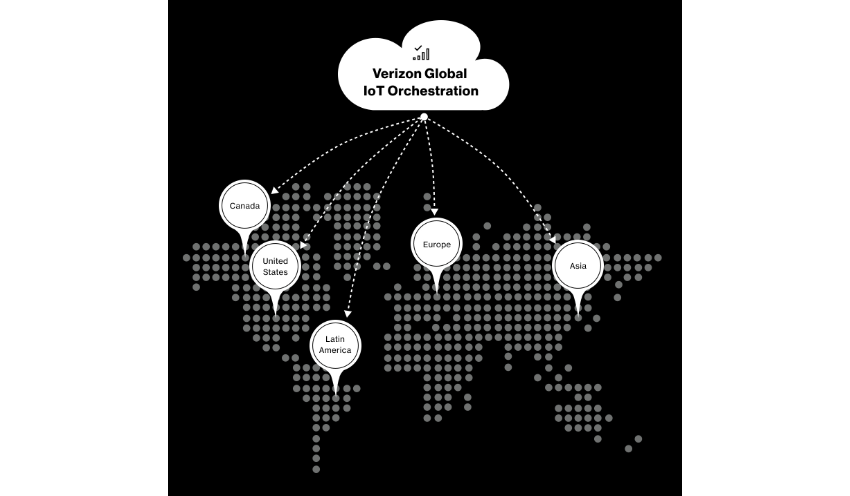- Overview
- API Console
-
API Reference
- Activate/Reactivate a Global eSIM profile
- Set Fallback Attributes
- Retrieve Account Information
- Retrieve the List of Service Plans
- Download a Global eSIM Profile
- Enable a Global eSIM Profile
- Download_Enable a Global eSIM Profile
- Deactivate a Global eSIM Profile
- Delete a Global eSIM Profile
- Suspend a Global eSIM Profile
- Resume a Global eSIM Profile
- Suspend a Global eUICC Device
- Resume a Global eUICC Device
- Change the eSIM Profile Service Plan
- Send an SMS Message to Devices
- Start an SMS Callback
- Get SMS Messages
- Retrieve SMS Event History
- Retrieve the Global Device List
- Retrieve Device Provisioning History
- Get the Status of an Asynchronous Request
- Retrieve Daily Usage
- Retrieve Aggregate Usage
Global IoT Orchestration
Global IoT Orchestration uses a set of ThingSpace APIs to manage both US and global Embedded Subscriber Information Module (eSIM) profiles (provided by Verizon) of IoT devices for multi-national enterprises. You can remotely swap a Verizon US (lead carrier) eSIM profile and a global (local carrier) eSIM profile of the IoT device over the air based on GSMA SGP.02 Remote Provisioning Architecture for Embedded Universal Integrated Circuit Card (eUICC) for M2M. Consumer eSIM architecture (SGP.22) is not currently supported with APIs related to Global IoT Orchestration.

The local carrier’s (global) eSIM profiles allow IoT devices to connect natively to the international carrier network. When performing the remote eSIM profile swaps (eSIM localization), devices connected to the new network as home subscribers instead of roamers. It is a promising approach for latency-sensitive IoT devices to reduce the round-trip traffic delay. It is also an energy-friendly approach to low-power IoT devices such as utility meters.
Device Requirements: These IoT devices must be certified by Verizon Open Development as eUICC devices with cellular frequency bands supported in the countries where devices will connect to. Verizon eSIM profiles must be bootstrapped, activated, and enabled for the IoT devices before downloading and enabling a global (local carrier) eSIM profile (provided through Verizon) on the eUICC device.
Account Requirements: Please contact your account manager to add the Global IoT Orchestration product to your account. After the account onboarding process, you can use the APIs described below to manage the eSIM profiles for IoT devices. If you are new to ThingSpace APIs, there are a set of tutorials and videos to help you get started. ThingSpace Manage for Global IoT Orchestration is to be supported in the future roadmap.